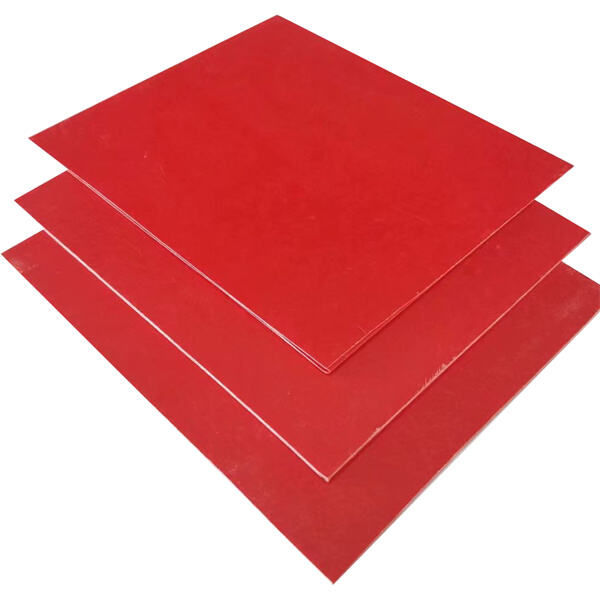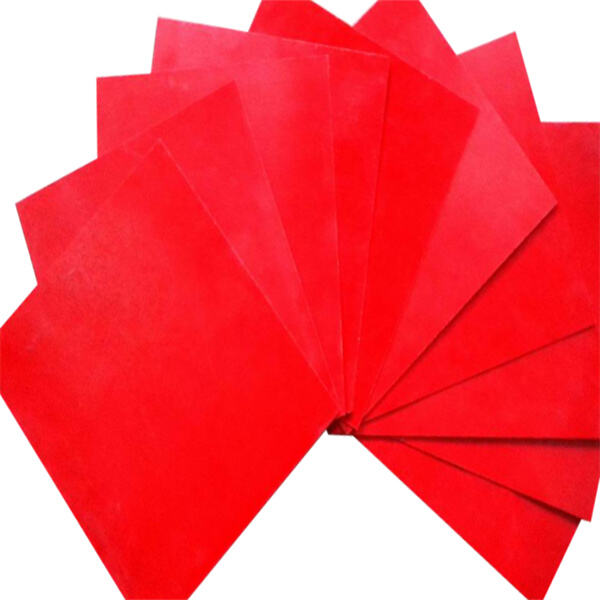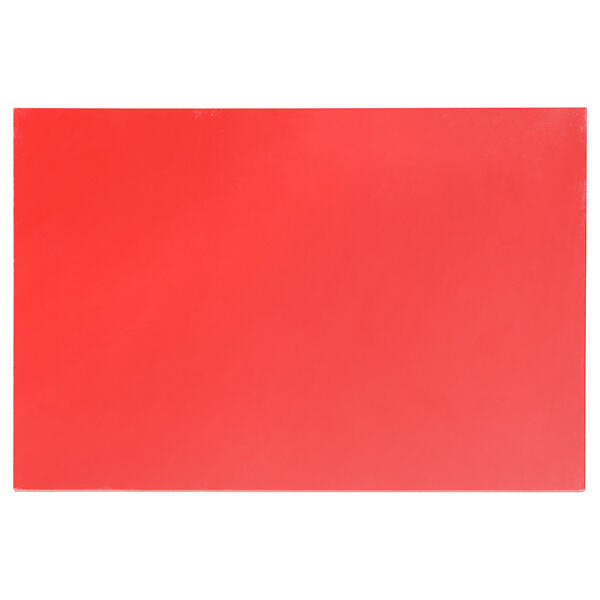Tonia is a third grade schoolgirl, very curious. Especially toys, she is interested in anything that has been made into a factory. She thinks about those toys every day and has always wondered how they are made, what the whole process is like. Tonia is very fortunate as she will get to learn about what’s known as the sheet molding process today! This is a unique form of confectionery, it does sound rather fascinating! Read this guide with Tonia Mustard as she explores the world of sheet molding, telling you how it works and what makes it so great.
Mold preparation: Making of mold is the first step in sheet molding process. A mold is a form, often–but not exclusively-in the shape of the appearance or fetish item used to make another object. To give you an example, if it is a toy car that one wants to create then the mold will be looking like a tiny compact model of exactly what we have in mind. The first thing a person has to do when they wish to make something is think about it. Either they could draw the design on paper or by computer. Once they have a design, that mold will be created with the use of machine.
The sheet molding procedure has a great deal of benefits to supply when utilizing it in the production of products. Probably the biggest reason is because it fast. It is because of this process that you can produce multiple items simultaneously and therefore, it works exceptionally well for factories. You can make many items at once, rather than one item each time so you will save both your energy and an enormous amount of money.
Well, what happens after someone makes the mold? After the mold is prepared, it will be readied for production. The release agent on the mold is essentially a special type of coating. The release agent is a type of mold release to facilitate the demoulding process after finishing it, making taking it out from the mould much easier. It really is a critical step, because if you dont prophylactic the releases in that case might have some of hell taking out an element when we wen units it up…but….How to Solve Molding Problems

The mold is prepared by applying some release agents on it, after the mold process completed, and we can just begin to prepare our material. Composite MaterialSheet molding compound or compression symmetry is a type of fiber reinforcement, in which the plastic polymer matrix component along with its fibers to be used as reinforcements are brought into contact during an upstream manufacturing process. A composite is a combination of two or more materials that have properties superior to those of the separate components. Composite material used in the sheet molding process usually fiberglass and resin as they are highly strengthened and durable materials.

Pressure Altone pressurizes The primary distinction between injection molding and the sheet molding way will be that stress applied all through manufacturing. Injection molding requires a lot of pressure to force the material into the mold. One very high pressure is required for the filling of material through all parts in a tool. On the other hand, a sheet molding process operates at lower pressures leading to its ability to work differently.

There is a slightly different in both these types of method and the difference lies only between the materials used. Plastic is the principal material employed in injection molding. Sheet molding, on other conveniently uses a composite material which may consist of different materials such as fiberglass and resin making them suitable for various types of products — one clear example is how well they can be used in industrial applications.